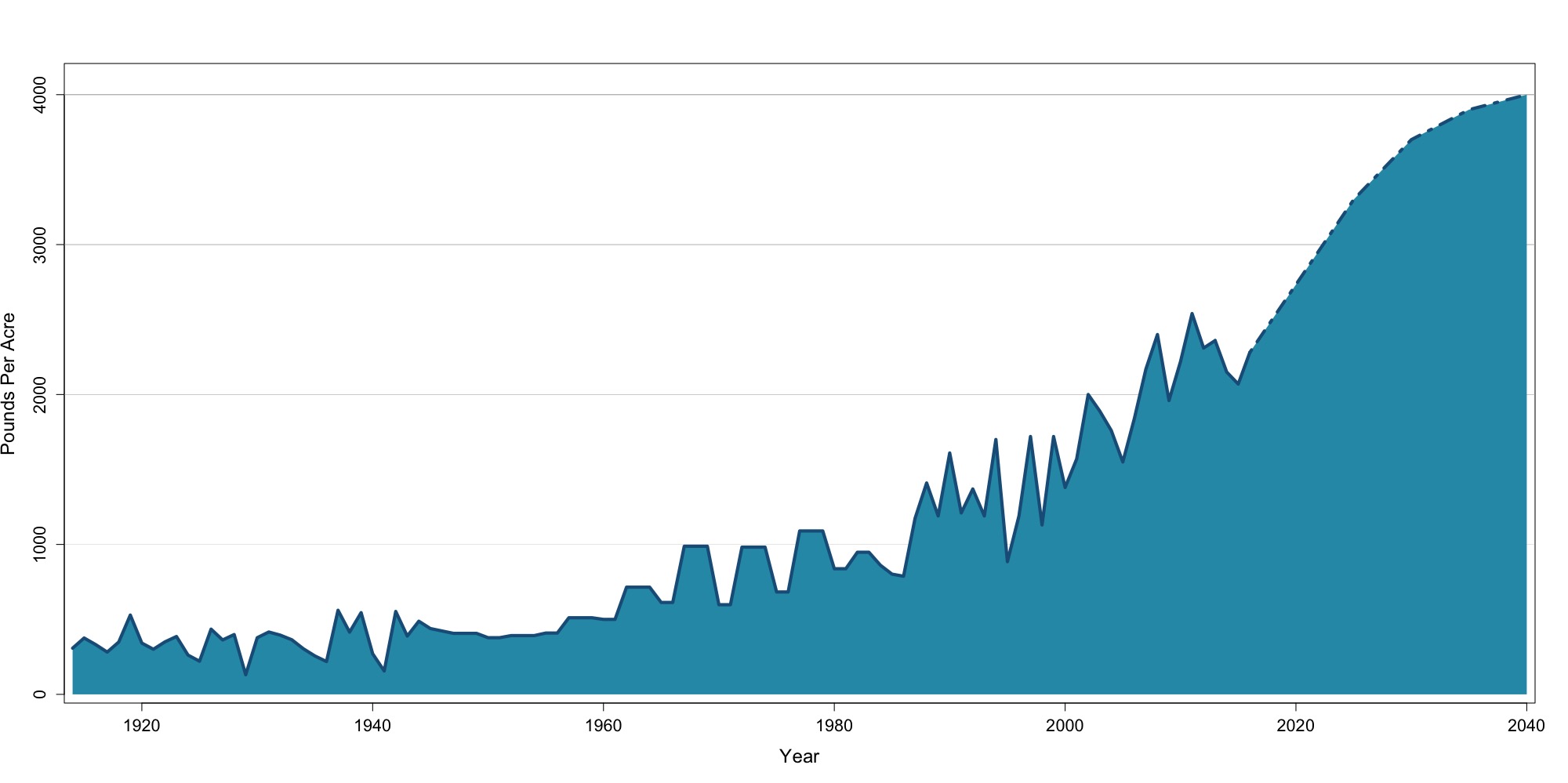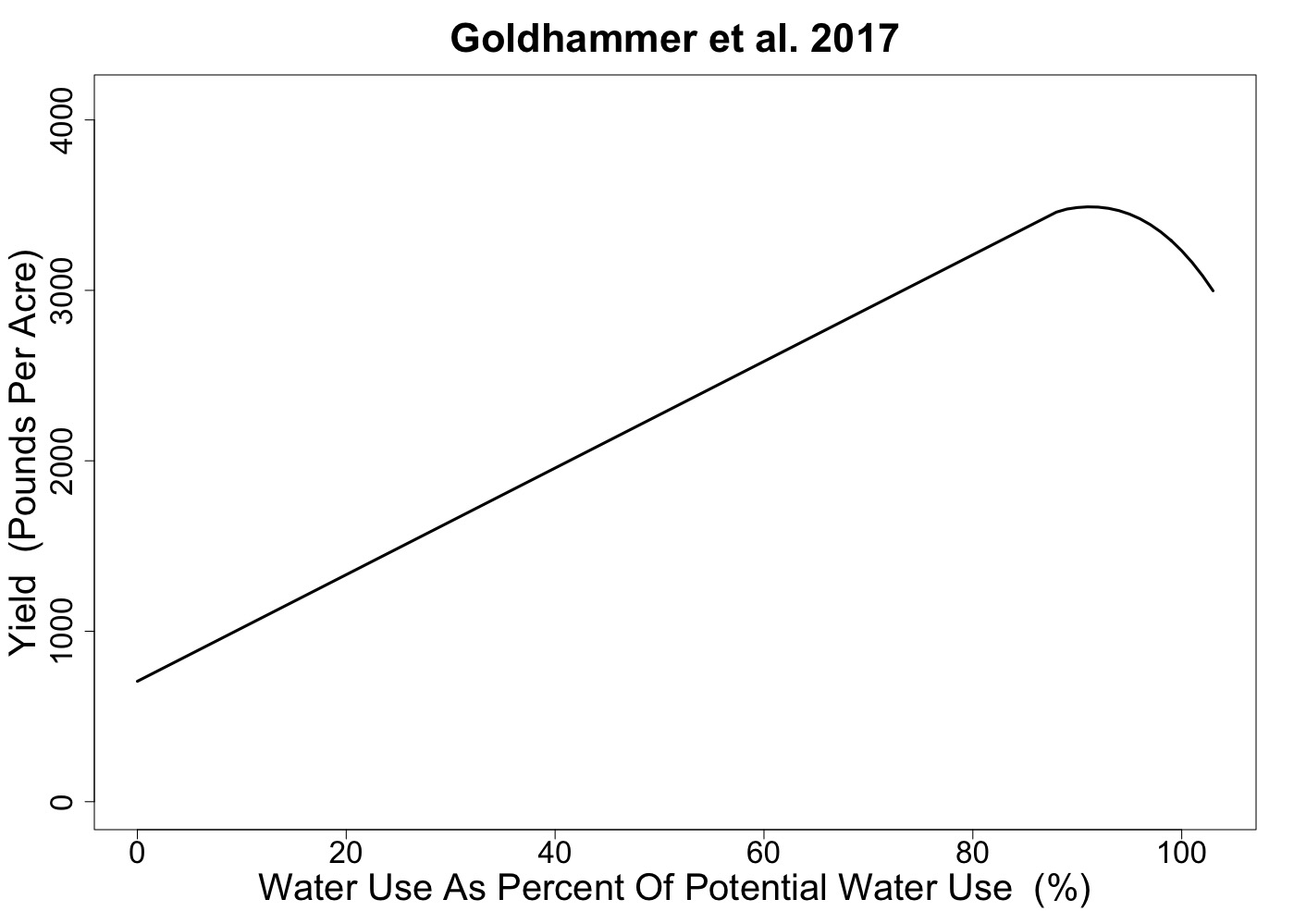
Introduction Phase (1900 - 1935)
- Cross-pollination requirement established.
- Cross-pollinated and late-blooming varieties developed.
- Trees grown on hillsides without irrigation.
Establishment Phase (1935 - 1960)
- Almond yields shown to respond well to irrigation.
- Plantings spread to flat ground in Sacramento and San Joaquin Valley.
Transition Phase (1960 - 1985)
- State Water Project and Central Valley Project bring irrigation to more orchards.
- Introduction of Nemaguard rootstock.
- Agrichemical advancements increase fertilizer availability and improve pest control.
Expansion Phase (1985 - 2014)
- Micro-irrigation shortens periods of water stress between irrigation events.
- Increased canopy size from higher planting density and reduced pruning.
- Within-season fertigation improves tree nutrition.
Maximization Phase: (2014 - Onwards)
- Yields increase to the biological maximum achieved in highest performing orchards.
- Research-based field-specific Actual ET measurements, water stress monitoring, and irrigation recommendations from Tule (Founded 2014) enable growers to maximize production.
How will you achieve 4,000 pounds per acre?
Technology and management practices have always driven yield gains in California almond production. To an almond grower from the 1970s, our current almond yields would be unfathomable. In the future, statewide yields will be 4,000 pounds per acre, like we see today in the highest performing orchards.

By irrigating to exactly the orchard’s need, you can maximize production (see figure on left).
Tule provides irrigation recommendations based on measurements of the plants needs (i.e., Actual ET). Contact Tule to learn how our research-based irrigation advancements are driving the future of California Almond yields.

 By Team Tule, March 6, 2019
By Team Tule, March 6, 2019


